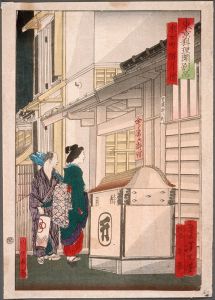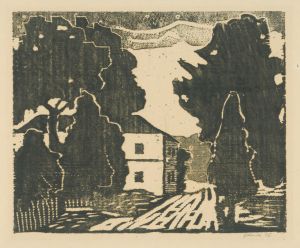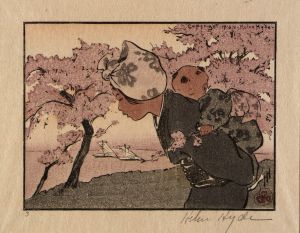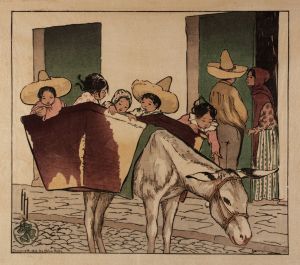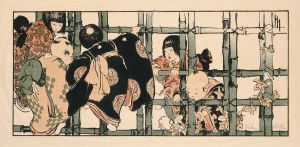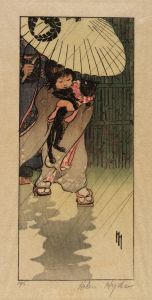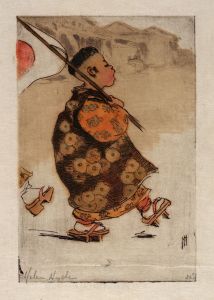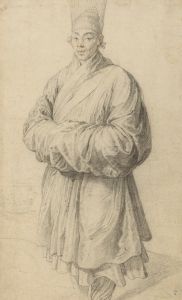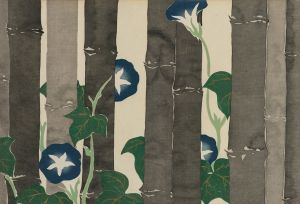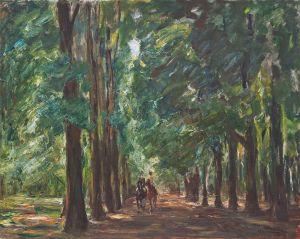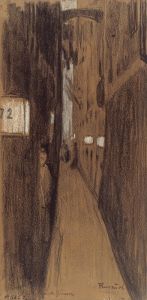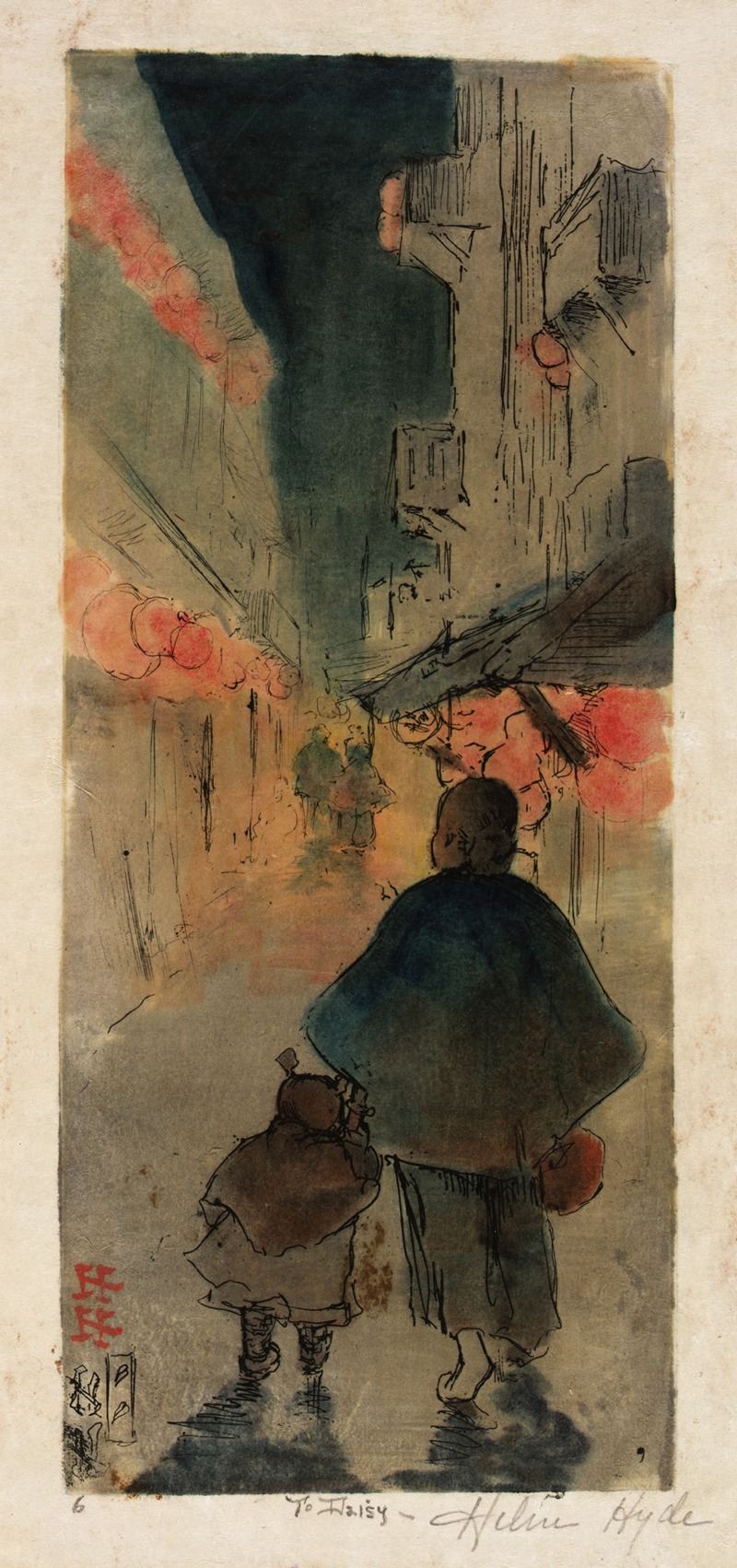
Alley in Chinatown
A hand-painted replica of Helen Hyde’s masterpiece Alley in Chinatown, meticulously crafted by professional artists to capture the true essence of the original. Each piece is created with museum-quality canvas and rare mineral pigments, carefully painted by experienced artists with delicate brushstrokes and rich, layered colors to perfectly recreate the texture of the original artwork. Unlike machine-printed reproductions, this hand-painted version brings the painting to life, infused with the artist’s emotions and skill in every stroke. Whether for personal collection or home decoration, it instantly elevates the artistic atmosphere of any space.
Helen Hyde (1868–1919) was an American artist known for her work in printmaking and painting, particularly her contributions to the development of color woodcuts in the United States. One of her notable works is "Alley in Chinatown," which reflects her interest in capturing scenes of everyday life and her fascination with Asian culture.
"Alley in Chinatown" is a color woodcut print created by Helen Hyde in the early 20th century. Hyde was deeply influenced by Japanese art and techniques, which she studied extensively during her time in Japan. Her work often incorporated elements of Japonisme, a style that was popular in the late 19th and early 20th centuries, characterized by the adoption of Japanese artistic styles and themes by Western artists.
Hyde's "Alley in Chinatown" depicts a scene from San Francisco's Chinatown, an area she visited and found intriguing due to its vibrant culture and unique atmosphere. The artwork captures a narrow alleyway bustling with activity, showcasing the daily life of the Chinese-American community. The composition is notable for its use of perspective and detail, drawing the viewer's eye through the alley and into the heart of the scene.
Hyde's technique in creating this print involved the use of color woodcut, a method she mastered during her studies in Japan. This technique involves carving an image into a block of wood, applying ink, and then pressing it onto paper. Each color in the print requires a separate block, and the process demands precision and skill to ensure that the colors align correctly. Hyde's expertise in this technique is evident in the vibrant colors and intricate details of "Alley in Chinatown."
The print is significant not only for its artistic merit but also for its cultural representation. At a time when Asian communities in America were often marginalized, Hyde's work offered a glimpse into their lives with a sense of respect and curiosity. Her portrayal of Chinatown is neither romanticized nor exoticized; instead, it presents a realistic and humanizing view of the community.
Helen Hyde's contribution to American art, particularly through her woodcuts, helped pave the way for future artists interested in cross-cultural themes and techniques. Her work remains an important part of the history of American printmaking and continues to be studied and appreciated for its artistic and cultural significance.
"Alley in Chinatown" is housed in various collections, including museums and private collections, where it continues to be admired for its technical skill and cultural insight. Hyde's legacy as an artist who bridged cultural divides through her art remains influential, and her works are celebrated for their beauty and depth of understanding.





